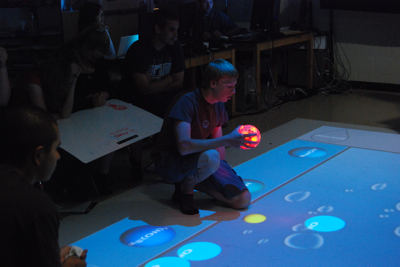What if Video Games Are Actually Good for our Kids?
In their paper “The Cognitive Neuroscience of Video Games” published in December 2004, Dr’s Green and Bavelier concluded that “video games provide a medium that facilitates learning, and thus promotes changes in performance and brain organization, has led some to propose that video games are the teaching tool of choice of the 21st century.” Robert Whent writes for The Huffington Post, March 16, 2012.
Cognition is defined as the scientific term for mental processes — that is, how we learn. Since we all learn differently, it only makes sense that we all have different learning profiles.
Not only can video games determine cognitive strengths and weaknesses, but, as Green and Bavelier state, “video game play has been shown to enhance numerous aspects of visual attention including the ability to divide and switch attention, the temporal and spatial resolution of visual attention, and the number of objects that can be attended.” So not only can video game play determine a child’s cognitive strengths and weakness, but if played properly, they can also be used to strengthen those weaknesses, thus improving cognition over time!

Brain fitness is a growing field that Sharp Brains estimates will be between $2 billion and $8 billion by 2015. An important part of education must be to give every child a more a strong brain. Physical changes in the brain underlie all of the learning that children do. It is possible to actually change their neurology positively so that they can take in more information more quickly. We know that, designed properly, video games can actually help a child’s brain develop, and can help children with learning disabilities exercise the parts of their brains that are not as strong as they should be. With a constant feedback loop provided by adaptive technology, it is possible to use video games to identify and improve cognitive abilities in all children.
Read the whole story from The Huffington Post.
